In the market, from weight loss, weight gain, brain tonic, height enhancement, skin beautification, hair growth to dangerous, incurable diseases such as stroke, cardiovascular disease, cancer... are all counterfeited by the subjects. The common point of these products is that they are cheap, have unclear origins and are only discovered as "counterfeit goods" when the authorities inspect and test them.
Public sale online
Recently, Mr. Pham Van Khoi (52 years old, residing in District 8, Ho Chi Minh City) was diagnosed with late-stage liver cancer by doctors at Cho Ray Hospital, and prescribed medical treatment combined with palliative care. However, his family refused treatment and took him home to take medicine bought on social networks.
Ms. Pham Thi Huong, Mr. Khoi's daughter, said: "The doctor claimed to be a professor specializing in oncology at a hospital in Ho Chi Minh City, advertising Japanese medicines and nutritional supplements that could treat tumors and prolong life, so she bought 2 bottles of medicine for my father for 70 million VND. After taking the medicine, my father went to the hospital for a check-up and the doctors said the tumor had grown and metastasized, and his chance of survival was over."
In fact, recently, authorities have discovered many types of fake drugs being sold widely on social networks such as: weight loss drugs, cancer treatment support drugs, sexual enhancement drugs and functional foods (FF)... These products are often of unknown origin, not quality tested and easily reach consumers through social networking platforms and e-commerce platforms.
Hanoi authorities inspected and seized a large quantity of fake drugs and functional foods at a pharmaceutical production and trading facility. Photo: GIA KHÁNH
Counterfeit and poor quality drugs are widely advertised as “100% cure”, “cheaper than market price” or “guaranteed safety”… Many buyers have experienced serious complications, no improvement in their condition, poisoning or even life-threatening.
Recently, Nam Dinh Provincial Police prosecuted and temporarily detained Nguyen Van Vu (Dong Son Commune, Nam Truc District) for fraud and appropriation of property. At the police station, Vu admitted to using social networks to order Chinese brand eye drops at cheap prices and ordered them with boxes, stamps, and labels of Japanese eye drops, then advertised and sold them on social networks. When the victims trusted him and ordered, Vu directly packed the goods and sent COD (receive goods - pay) service to the victims. With this trick, Vu defrauded and sold fake Japanese brand eye drops to many people nationwide, appropriating more than 3 billion VND.
There are many reasons for the complicated situation of counterfeit drugs, the main reason being that these products can bring high profits. Meanwhile, the supervision and handling of the authorities still face many difficulties because the subjects use many sophisticated tricks to deceive the eyes such as: receiving delivery by post , creating fake delivery address information, placing servers abroad...
In addition, the appearance of fake and low-quality drugs on the Internet is partly due to the fact that consumers do not have enough knowledge to distinguish between real and fake drugs, and are easily lured by attractive advertisements. In particular, the tricks of discounts and promotions easily affect the psychology of buyers.
Unpredictable danger
According to the World Health Organization (WHO), an estimated 10% of drugs circulating globally are counterfeit and this figure in developing countries can be as high as 30%, showing the seriousness of the problem, when millions of patients are at risk of exposure to counterfeit drugs every day. Counterfeit drugs are not only ineffective in treating diseases but can also cause serious side effects, threatening the lives of users.
Counterfeit and poor quality drugs circulating on the market will reduce consumer confidence and seriously affect the reputation of genuine pharmaceutical suppliers. In fact, many counterfeit and fake drugs are manufactured so sophisticatedly that the differences can only be detected when comparing the packaging and instructions for use of real and fake drugs side by side.
Hanoi City Police Investigation Agency works with the subject of counterfeit drug production. Photo: GIA KHÁNH
Dr. Nguyen Trung Nguyen, Director of the Poison Control Center (Bach Mai Hospital) said that patients will have to face unpredictable consequences when they accidentally use poor quality drugs. For example, a diabetic patient is prescribed hypoglycemic drugs, but because he bought poor quality drugs, his blood sugar not only did not decrease but also increased, which could easily lead to death.
Along with not ensuring the active ingredients as registered, poor quality drugs can also contain substances that have side effects that are harmful to health such as allergies and poisoning. In cases where a seriously ill person needs to use special drugs or antibiotics, if poor quality drugs are used, the “golden time” to save the patient’s life will pass, leading to increasingly serious consequences of the disease, even death.
“If patients use fake or poor quality drugs, it can lead to the emergence of drug-resistant bacteria, forcing doctors to change treatment procedures, resulting in prolonged treatment times and very expensive costs for patients,” Dr. Nguyen Trung Nguyen warned.
A pharmaceutical expert shared that the reason why fake and poor quality drugs are still sold is partly due to the habit of using drugs indiscriminately of many people. Currently, buying and using drugs without prescription or doctor's instructions is still quite common. Sellers only want to sell drugs quickly and in many types, while buyers do not care about the harmful side effects of drugs, only knowing that whenever they are sick or tired, they buy drugs to use.
Furthermore, with the strong development of e-commerce and social networks, buying and selling drugs is very simple and easy; while the work of controlling the quality and origin of pharmaceuticals bought and sold online is facing many difficulties due to the lack of control mechanisms and regulations.
In Vietnam, according to statistics from the authorities in 2024, there were 27 types of drugs suspended from circulation due to not meeting quality standards, of which 8 types were identified as counterfeit drugs. Some active ingredients suspected of being counterfeit such as cefixime, cefuroxime, mebendazole, salbutamol, tetracycline, etc. were detected in 5 localities: Hue City, Binh Duong, Soc Trang, Thanh Hoa and Vinh Phuc.
Making medicine from starch, binders, additives
Recently, the Hanoi City Police Investigation Agency temporarily detained a group of subjects producing and trading counterfeit food, foodstuffs, and medicines, seizing more than 28,500 boxes, 35,000 bottles, and 39,000 blister packs containing functional food pills.
Thanh Hoa Provincial Police discovered and dismantled a large-scale nationwide counterfeit drug production and trafficking ring led by Nguyen Tien Dat (born in 1991, residing in Hapulico apartment building, Thanh Xuan district, Hanoi).
This line produced 21 types of fake modern medicine and bone and joint medicine and brought them to the market, illegally earning over 200 billion VND. The raw materials to make these fake medicines are mainly starch, adhesives, pharmaceutical additives, bamboo charcoal, colorants and pain relievers... mixed and packaged into medicine.
Previously, in many provinces and cities, the authorities have also discovered and handled many rings of organizations producing and trading fake pharmaceuticals, such as in Thanh Hoa and Thua Thien Hue, the authorities have destroyed a large-scale ring of producing and trading fake antibiotics Cefuroxim 500mg and Cefixim 200mg...
MINH NAM - MINH KHANG
Source: https://www.sggp.org.vn/thuoc-gia-thuoc-kem-chat-luong-hoanh-hanh-bai-1-benh-nao-cung-chua-gia-nao-cung-ban-post797757.html


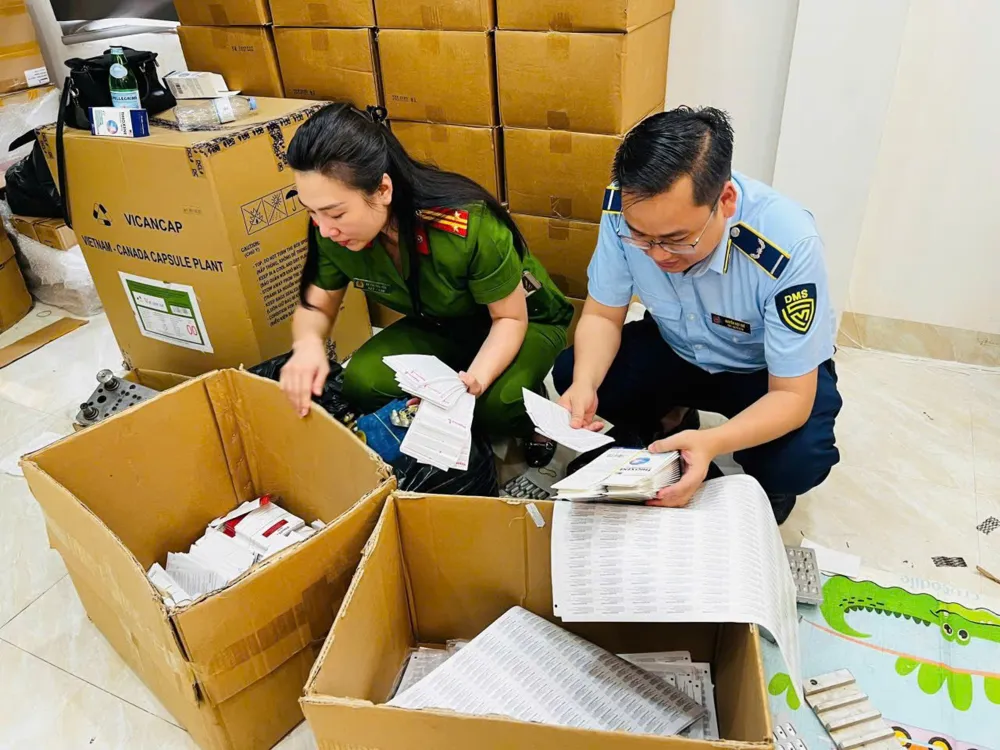
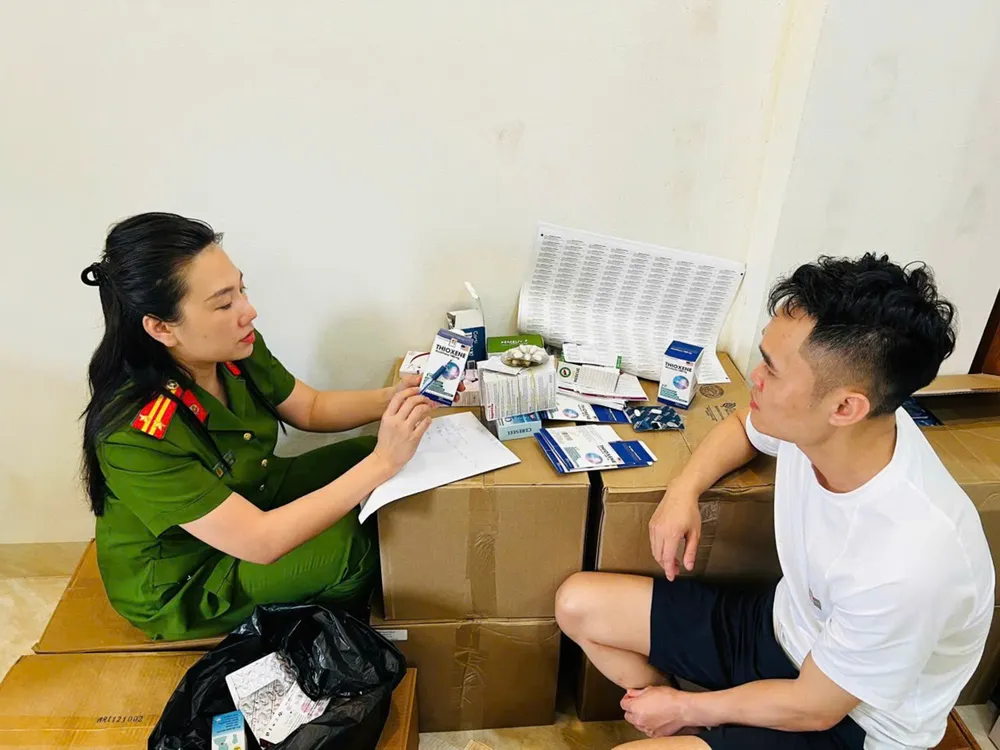






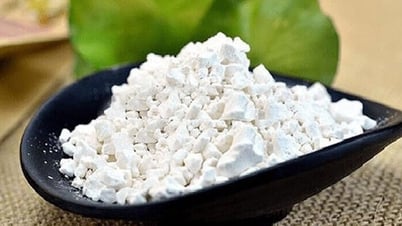




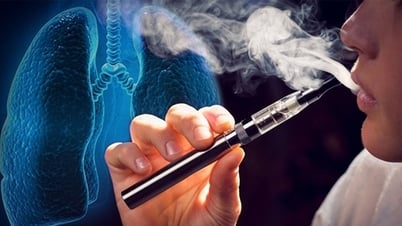

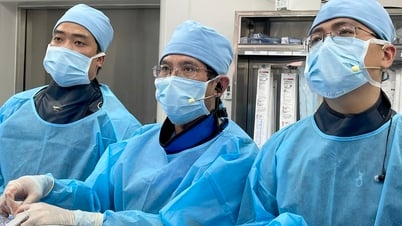





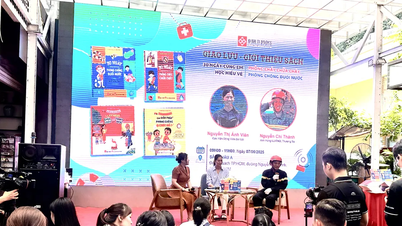

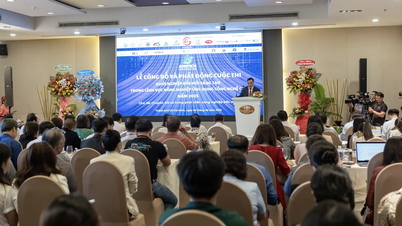
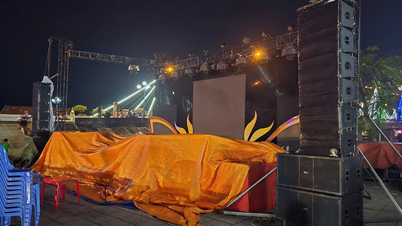

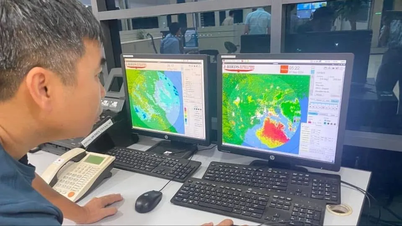
![[Photo] Nearly 104,000 candidates in Hanoi complete procedures to take the 10th grade entrance exam](https://vphoto.vietnam.vn/thumb/1200x675/vietnam/resource/IMAGE/2025/6/7/7dbf58fd77224eb583ea5c819ebf5a4e)































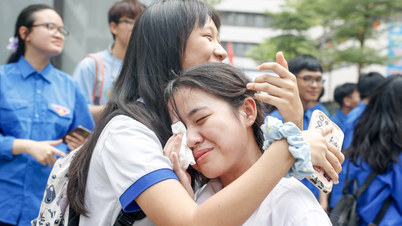


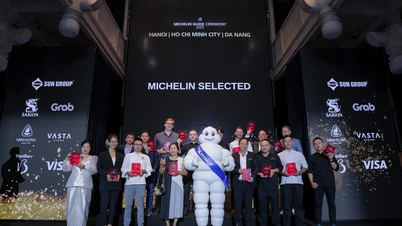



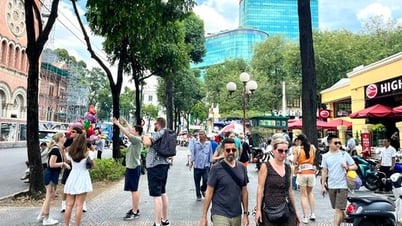







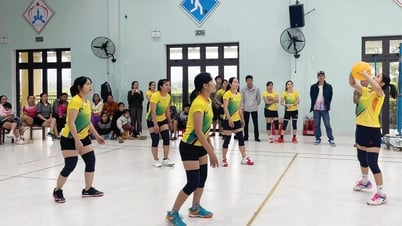



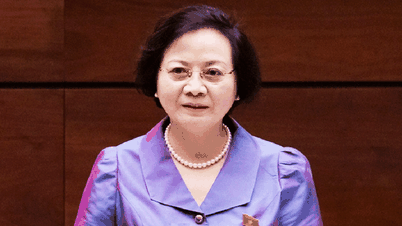










![[OCOP REVIEW] Tu Duyen Syrup - The essence of herbs from the mountains and forests of Nhu Thanh](https://vphoto.vietnam.vn/thumb/402x226/vietnam/resource/IMAGE/2025/6/5/58ca32fce4ec44039e444fbfae7e75ec)







Comment (0)